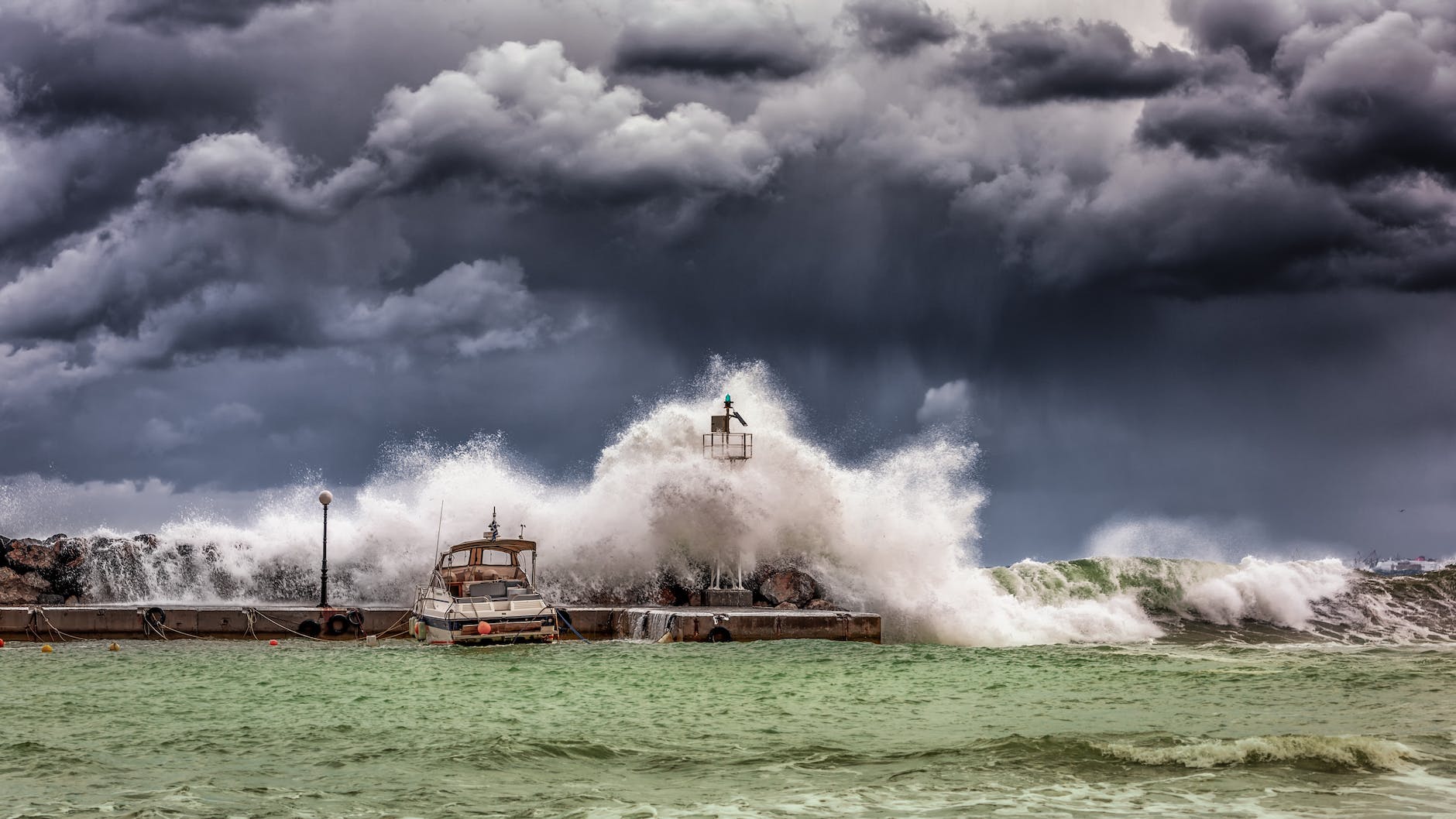By Olivia Blasioli – Certified Real Property Appraiser, FL
Did you know that all 50 states have been impacted by a natural disaster in the last five years? How does a natural disaster impact a loan? Some examples of natural disasters include Hurricanes, Floods, Earthquakes, and Landslides. When a subject property is located in a declared disaster area, many lenders require a Disaster Area Inspection Report to be completed to ensure the property has not incurred any damage as a result of the catastrophe. In Florida, we receive quite a few of these requests as the Sunshine State is known for its not-so-sunny weather, especially during Hurricane season.
There are a few different ways the Lender can order these. The most common we see is the Lenders want us to use the 1004D form. However, this form poses challenges for Disaster Inspections, especially when no repairs were specified in the initial report. Its design doesn’t truly align with the requirements of Disaster Inspections. The preferred form is the “Catastrophic Disaster Area Property Inspection Report” (CDAIR). This form is specifically designed for disaster inspections, making it a far better choice than the 1004D.
Lenders’ requirements for inspection photos can vary depending on which Lender and loan type.
- Conventional Loans – Lenders typically require front, street, and street sign photos.
- FHA Loans- All conventional requirements as well as both sides, rear, and interior photos. Some lenders even want the attic/crawlspace and working appliances.
- VA Loans- Even though VA uses a panel of VA appraisers, VA disaster inspections don’t require a VA appraiser. We can complete these and the requirements are very similar to the FHA requirements.
- Disclaimer: Always check with the client before visiting the subject to specify exactly want the Lender wants to avoid a second trip (speaking from experience).
Most properties we have assessed in Florida after Hurricanes show no signs of damage, which minimizes the complexity of the report. Simply explain there is no readily observable damage to the subject property or the surrounding homes in the neighborhood and you’re good to go. However, if any damage is observed, it requires a more detailed assessment within the form. There is a spot on the form where you can specify the location of the damage i.e., foundation, structural, roof, windows, etc. There is another spot on the form where you can select the severity of the damage as well as the cost to cure.
Generally, these inspections offer a convenient and efficient opportunity to supplement your income. It’s crucial, however, to conduct a thorough inspection of the subject property to genuinely confirm the absence of any damage. In summary, disaster inspections are essential in the lending process, and the good news is, they’re not as challenging as they may seem.


Response
Good job Olivia!